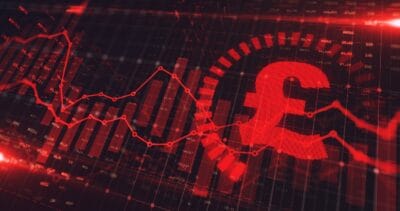2014 has been an interesting year for Gulf Keystone Petroleum (LSE: GKP) shareholders.
The company has made solid operational progress, and has benefitted from major political developments accelerating the growth of oil exports.
On the other hand, none of this has been reflected in Gulf Keystone’s share price, which moved steadily lower all year. The shares finally found a bottom at about 43p in October, since when they have risen by about 30%.
Why have the shares fallen?
The biggest blow for Gulf shareholders came in March, when the firm’s first Competent Persons Report (CPR) was published.
Investors were very disappointed with the CPR, which assigned proven and probable reserves of just 299 million barrels of oil to the firm’s prized Shaikan asset. Gulf’s share of these was just 163m barrels.
This highlighted the downside of former chief executive Todd Kozel’s hype-laden emphasis on oil in place, rather than estimated resources.
Shaikan has around 12 billion barrels of oil in place. However, so far, Gulf has only actually discovered 702m barrels of oil through drilling, of which only 299m have been shown to be commercially viable, and become reserves.
What about production?
If Gulf Keystone can fund more drilling, its reserves will almost certainly rise.
In the meantime, investors can take comfort from the firm’s rising production.
Earlier in December, Gulf confirmed that it would hit its 40,000 barrels of oil per day (bopd) 2014 production target before the end of the year. That’s good news, especially as the Kurdistan authorities are now starting to clear the backlog of payments owed to the firm from export sales.
Is Gulf Keystone a buy?
One thing we don’t yet know is how Gulf Keystone’s finances will be affected by the price of oil, which has fallen by about 40% since June.
Gulf had a cash balance of $177m at the end of June. We don’t know how much the firm has spent since then, but a possible guide is that it spent $100m on capex during the second half of last year, and $109m during the first half of this year.
I suspect that Gulf may not be able to fund the build of its third production facility — needed to take production up to the next milestone of 66,000 bopd — without more debt.
On this basis I think the firm’s shares, which trade on 14 times 2015 forecast earnings, look fully valued.







